The eyewear market in Europe is characterized by a dynamic competitive landscape, driven by innovation, sustainability, and digital transformation. Major players such as Luxottica (IT), Essilor (FR), and Kering (FR) are at the forefront, each adopting distinct strategies to enhance their market positioning. Luxottica (IT) continues to leverage its extensive retail network and brand portfolio, focusing on premium offerings and expanding its e-commerce capabilities. Essilor (FR), a leader in optical lenses, emphasizes technological advancements in vision care, while Kering (FR) integrates luxury branding with sustainability initiatives, appealing to environmentally conscious consumers. Collectively, these strategies contribute to a competitive environment that prioritizes quality, brand loyalty, and consumer engagement.
Key business tactics within the eyewear market include localizing manufacturing and optimizing supply chains to enhance efficiency and responsiveness. The market structure appears moderately fragmented, with a mix of large multinational corporations and smaller niche players. This fragmentation allows for diverse consumer preferences to be met, while the influence of key players like Safilo Group (IT) and Fielmann (DE) helps to stabilize pricing and quality standards across the sector.
In October 2025, Luxottica (IT) announced a strategic partnership with a leading tech firm to develop augmented reality (AR) eyewear, aiming to integrate digital experiences into everyday life. This move is significant as it positions Luxottica at the intersection of fashion and technology, potentially attracting a younger demographic interested in innovative products. The partnership may also enhance Luxottica's competitive edge in a market increasingly leaning towards smart eyewear solutions.
In September 2025, Essilor (FR) launched a new line of eco-friendly lenses made from recycled materials, reinforcing its commitment to sustainability. This initiative not only aligns with global environmental trends but also caters to a growing consumer base that prioritizes sustainable products. By investing in sustainable practices, Essilor (FR) is likely to strengthen its brand reputation and appeal to environmentally conscious consumers, thereby enhancing its market share.
In November 2025, Kering (FR) unveiled a new collection of luxury eyewear that incorporates advanced materials and innovative designs, reflecting a shift towards high-end, bespoke products. This strategic focus on luxury and exclusivity may allow Kering to differentiate itself in a crowded market, appealing to affluent consumers seeking unique eyewear solutions. The emphasis on craftsmanship and quality could further solidify Kering's position as a leader in the luxury segment of the eyewear market.
As of November 2025, current competitive trends indicate a strong emphasis on digitalization, sustainability, and the integration of artificial intelligence (AI) in product development and customer engagement. Strategic alliances are increasingly shaping the landscape, enabling companies to pool resources and expertise to innovate more effectively. Looking ahead, competitive differentiation is likely to evolve from traditional price-based competition towards a focus on innovation, technological advancements, and supply chain reliability. This shift suggests that companies that prioritize these elements will be better positioned to thrive in the evolving eyewear market.


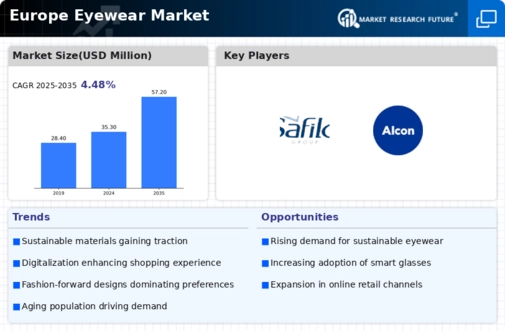
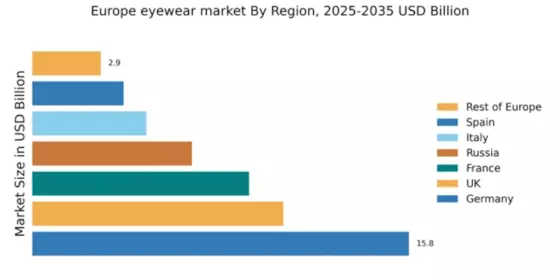
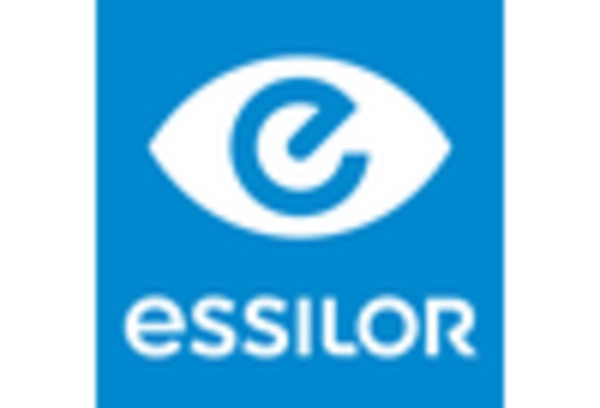

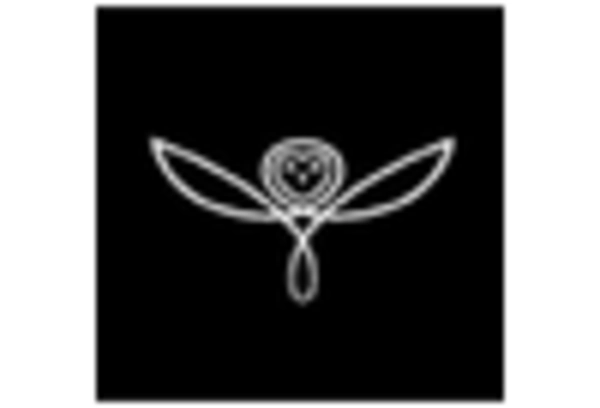


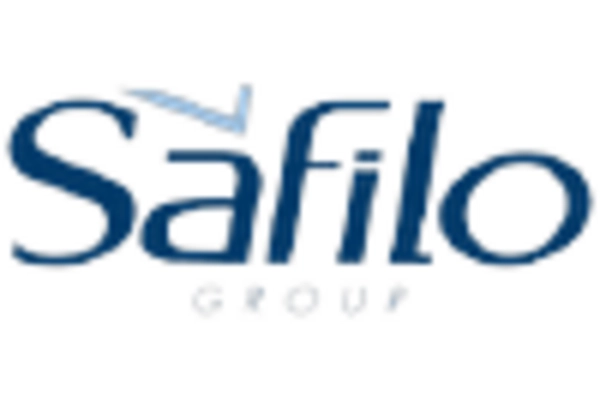








Leave a Comment